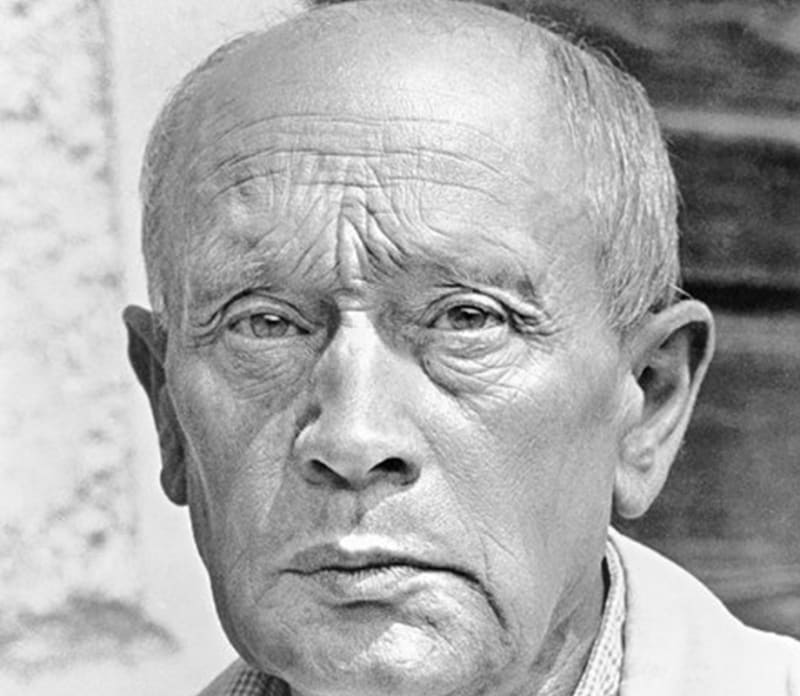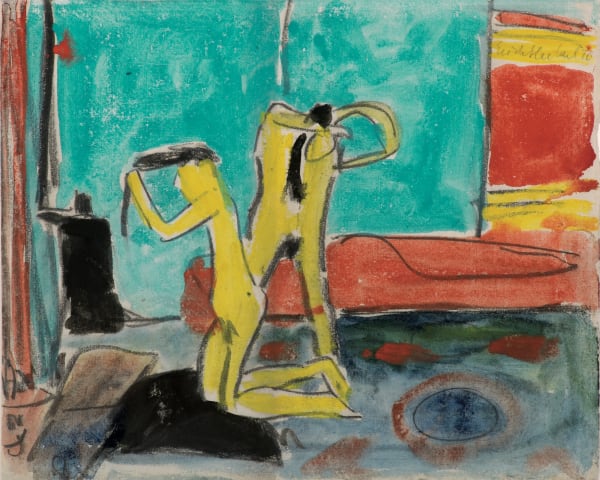ERICH HECKEL German, 1883-1970
"What we had to get away from was clear to us. But where we were going to end up was less clear."
Erich Heckel was a German artist and founding member of the influential German Expressionist group Die Brücke. His angular woodcuts and paintings, described both the chromatic world and the inner emotions of the artist, as seen in his work Roquairol (1917). Born on July 31, 1883 in Döbeln, Germany and studied architecture in Dresden at the Technische Hochschule where he met other founding members of Die Brücke. In 1905, along with Ernst Ludwig Kirchner, Fritz Bleyl, and Karl Schmidt-Rottluff, Heckel established the movement by opening a collaborative workshop, which allowed for the cross-pollination of ideas through the shared production of paintings, prints, and sculptures. In a protest against established forms of art and the popular aesthetics of their day, Die Brücke artists found inspiration from a wide range of sources, including Fauvism, Edvard Munch, indigenous art from Polynesia, Vincent van Gogh, and medieval German artists. He died on January 27, 1970 in Radolfzell, Germany at the age of 86. Today, Heckel’s works are held in the collections of the Art Institute of Chicago, the Metropolitan Museum of Art in New York, the Museum fur Kunst und Gewerbe in Hamburg, the Albertina in Vienna, and the Thyssen-Bornemisza Museum in Madrid, among others.




